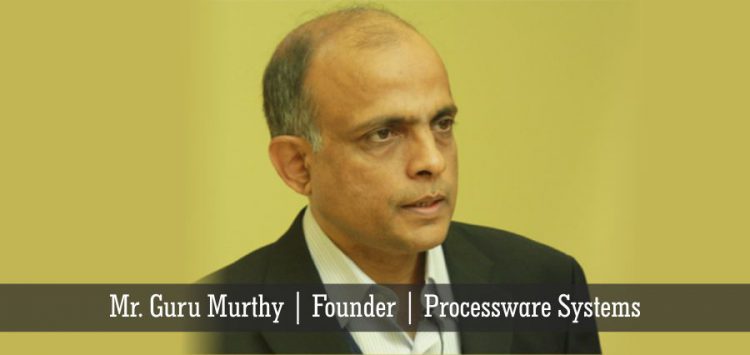
Managing User Expectations in Rapidly Changing Technology Market
Today, Information Technology Market is changing at a rapid pace. The market has seen too many new entrants without a compelling offering. In addition, user expectations have been rapidly evolving due to extensive use of social media. The younger generation (Gen Y or the Millennial Generation) has set the acceptability bar very high for all information technology products – be it the hardware or the software. This has resulted in many failed launches of products by leading IT companies world-wide. This generation is extremely fast in adopting to various form factors of the devices and the nuances in using mobile apps or web based subscription services (SaaS). Deeper understanding of the millennial generation is one of the critical success factors.
In this article, we will explore some of the factors which will drive the industry forward in meeting increased expectations from end users.
Customer Centric Design
Many companies would develop products in isolation, without really understanding the needs of the customer. This is more relevant in B2B market, where Enterprise Segment is always difficult to penetrate compared to B2C market. In India, it is difficult to get a true feedback from initial sample set of enterprises. Hence, it is always prudent to get the end customer involved during the development phase of the product. Software products, today are far more complex and needs to interface with a variety of other existing systems in an Enterprise. Hence, involve the user early in the product development process. Technology, many a times may not be a good indicator of what the user wants. Deeper understanding of customer behavior and their needs are key to a successful product.
Collaborative Approach
In the current market environment, no one company can address all the problems faced by the user. Hence, it is critical for enterprises to collaborate with each other, leveraging mutual strengths and complementing their offerings. This approach has been extremely successful in western markets, where even large technology companies collaborate with smaller companies and establish a viable eco system in the market. Given the pace of technology changes occurring in the market in the form of IoT, Cloud and Mobile devices, every enterprise will be looking for radically new solutions based on these platforms. No one vendor will be able to offer products in each of these areas. Hence, a collaboration amongst technology vendors in interfacing their products with each other and providing a comprehensive integrated solution will be the key to success.
Market Changes
The cloud has been disruptive in many ways. Software companies who enjoyed large license fee for their products are today looking for subscription based revenue. Subscription revenues dwarf the license revenue. This is evident by looking at the constant decrease in total revenue for Software Product companies. It takes a lot of effort in terms of time and money to keep the cloud going. Round the clock availability of infrastructure comes at a price. With the increased expense on a recurring basis and reduced revenue, Software product companies have entered a new era of reduced income. Going forward, this will be the norm rather than the exception, since most of the end users are looking at Subscription based access to software. Gone are the good old days of fat license revenue at the time of installation of the product.
The cloud computing era is here to stay and will dictate the future innovations in information technology. The sad truth to this is very few companies in each sector can survive, since it does require a critical mass of customers to support the costs involved in making applications available round the clock. The Cloud also increases the responsibilities for the vendor to manage the data in a secured manner and archive them as per regulatory norms. All these increased activities results in additional expenses.
Challenges Ahead
There are many challenges ahead for Information Technology companies. The future solutions will all invariably consists of both hardware and software. The dawn of IoT devices will result in increased interaction between the hardware and software. This will force many new relationships in the market place between traditional hardware players and software vendors. The increased use of IoT in all aspects of business and life will need a completely new set of solutions which are all real time making it attractive for the millennial population, who loves instant results. The amount of data being collected by IoT devices will run into petabytes. Companies who develop deep skills in mining these vast packets of data and transforming them into intelligence, will see huge success in the market place.
About R. Gurumurthy
Gurumurthy is the Founder of Processware Systems and serves as its Chief Executive Officer. He has over 20 years of expertise in managing technology projects for complex business applications. He has successfully managed the ‘customer’ expectations for clients large and small and applications ranging from advanced avionic simulators and aircraft ‘in-dash’ applications to helping traditional ‘brick and mortar’ companies develop a competitive edge by adopting the effectiveness led e-business models. Gurumurthy has extensive experiences in helping big companies and several start-up software products companies has helped to develop an application delivery model that can deliver predictable and high quality results consistently. He has Masters Degree in Engineering Mechanics and a Masters Degree in Computer Science from University of Missouri- Rolla.
